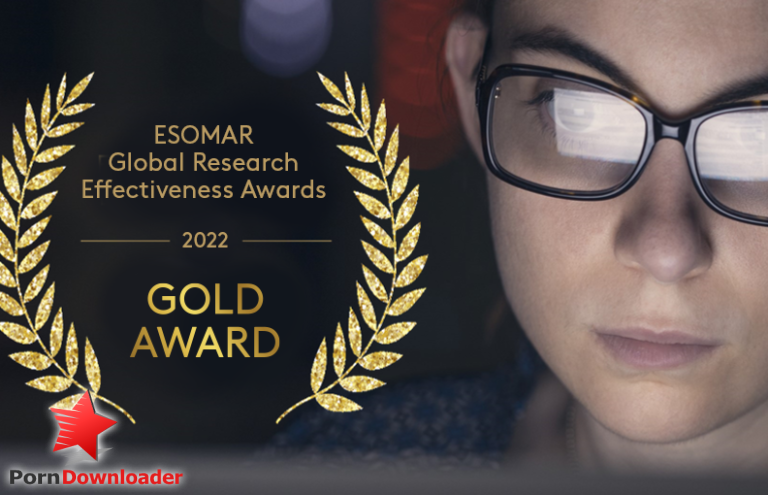Introduction
The world of pornography consistently sparks fervent discussion. With the proliferation of the internet, explicit content has achieved unparalleled accessibility, triggering apprehensions regarding its societal consequences. The ongoing debate about censoring pornography revolves around the delicate act of balancing the right to free expression with the need for appropriate regulation. This analysis examines the diverse arguments at play within this continuing dispute, aiming to illustrate the importance of finding a viable compromise.
The Significance of Unfettered Expression
Innocuous Sexual Representation
Those advocating for the freedom of expression maintain that pornography is a type of harmless sexual representation practiced by consenting adults. They argue that adults should be able to explore their sexual desires and engage with pornography if they so wish. Technological advancements have increased the availability and variety of explicit materials, addressing a wide spectrum of inclinations and tastes.
Potential for Artistic and Educational Merit
Some argue that pornography can possess artistic and instructional value. Artists, directors, and authors often use explicit material to explore themes of sexuality, desire, interpersonal dynamics, and social taboos. Additionally, educational content concerning sexual well-being and relationships can be found within the broader category of pornography. Censoring such material would limit access to potentially insightful information and artistic expression.
The Imperative for Governance
Safeguarding Vulnerable Individuals
A key rationale for regulation is the necessity of safeguarding vulnerable demographics, notably children and victims of exploitation. The ease with which pornography can be accessed online raises alarms about the likelihood of minors encountering explicit materials, which could result in psychological harm and inaccurate perceptions of sex. Further, instances exist in which individuals are forced into pornography against their will. Regulations can help alleviate these hazards and protect individuals who cannot protect themselves.
Preventing Exploitation
Regulation can also be instrumental in deterring the exploitation of individuals within the pornography industry. By enforcing stringent guidelines and age verification protocols, policymakers seek to minimize the chances of minors being involved in the production and circulation of explicit materials. Additionally, regulations can help guarantee equitable work environments, fair compensation, and consent among adult performers.
Finding a Common Ground
Age Confirmation and Parental Controls
One potential answer to the censorship question is the implementation of robust age verification mechanisms and parental controls. By assigning the responsibility to internet service providers and content platforms, individuals would be required to verify their age before accessing explicit materials. This method would help safeguard minors from encountering pornography, while still allowing adults the freedom to express themselves.
Ethical Production and Distribution
Another facet of striking a balance involves the promotion of ethical production and distribution practices within the pornography industry. By emphasizing the consent and well-being of performers, it is possible to foster an environment where adult content is consumed responsibly. This can be achieved through more stringent regulations, regular audits, and industry self-regulation.
Educating and Empowering Citizens
Finally, a crucial element of this debate is the need for thorough sex education. By providing accurate and unbiased information concerning sexuality, relationships, and consent, individuals can make informed choices regarding their consumption of pornography. Education empowers people to discern between fantasy and reality, promoting a healthier approach to sexual exploration.
Conclusion
The censorship debate that surrounds pornography is intricate and multifaceted. Achieving a compromise between freedom of expression and regulation is crucial to protect vulnerable individuals while respecting the rights of adults to access explicit content. The implementation of age verification systems, promotion of ethical practices within the industry, and investment in thorough sex education are viable steps toward finding common ground. As technology continues to progress, it is essential for society to continue an open discourse about the censorship debate to ensure regulations remain adaptable and current.
Frequently Asked Questions
1. Is pornography a form of free speech?
Yes, advocates contend that pornography constitutes a form of free speech, which is often protected by the First Amendment in numerous countries. However, this freedom has its limits, specifically when it involves protecting susceptible individuals and preventing exploitation.
2. Does pornography have educational potential?
Yes, pornography can offer educational value. Certain material delves into aspects of sexuality, relationships, and individual desires, while educational resources on sexual health can also be found within the larger context of pornography. However, critical thinking and responsible consumption are vital.
3. What steps can be taken to prevent children from encountering explicit material?
The implementation of age verification systems and sturdy parental controls can effectively safeguard children from accessing explicit content online. By assigning accountability to content platforms and internet service providers, individuals can be required to verify their age prior to accessing such materials.
4. Does regulating pornography prevent exploitation?
Regulation plays a crucial role in averting exploitation in the pornography industry. By enforcing strict guidelines, industry audits, and age verification protocols, policymakers endeavor to curtail the probability of minors being involved in the production and circulation of explicit material and to promote consent among adult performers.
5. How can individuals engage with pornography responsibly?
The responsible consumption of pornography requires an awareness of its potential impact on individuals and their relationships. Understanding the distinction between fantasy and reality, the importance of consent, and engaging in open discussions with partners are essential components of responsible consumption.


